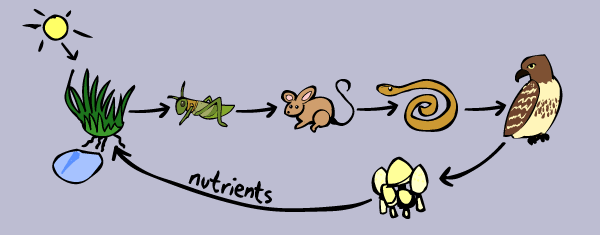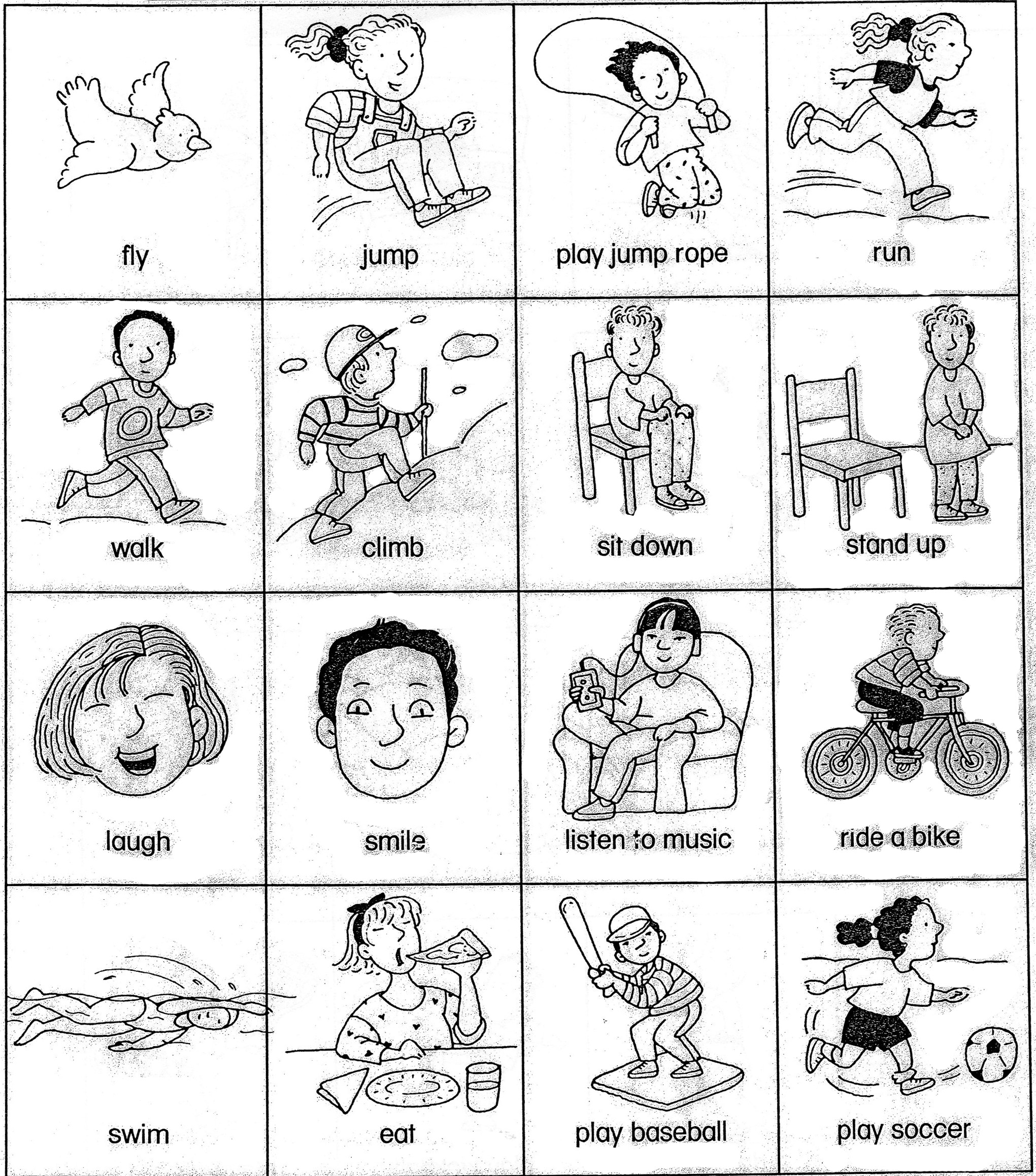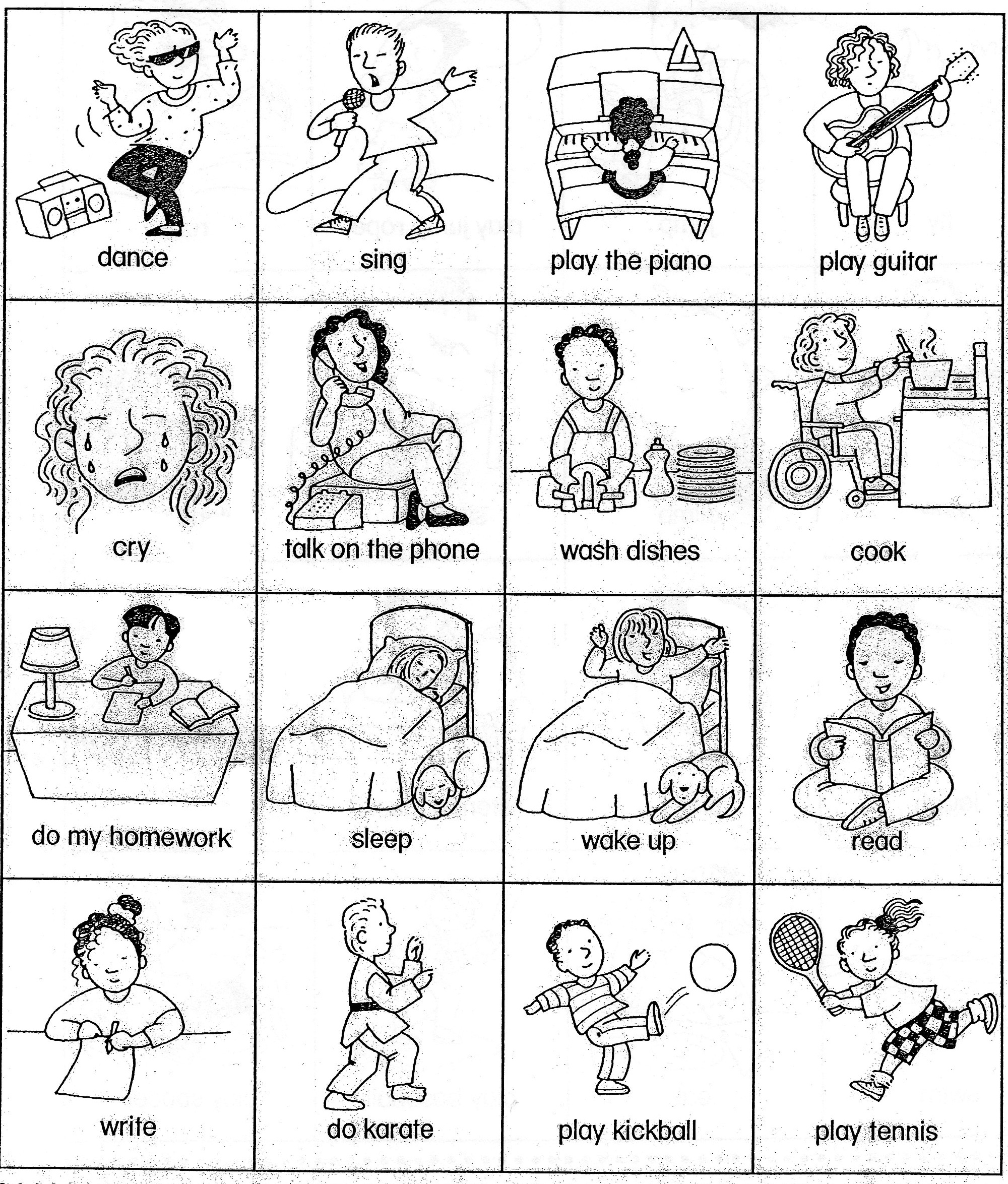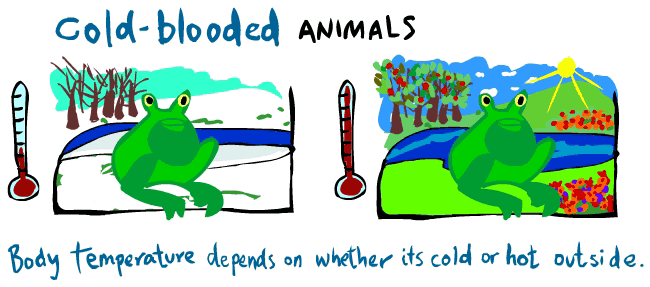lunes, 17 de febrero de 2014
Do the monkey
We're gonna do the monkey (oh oh ah ah oh oh ah ah)
Do the monkey (oh oh ah ah oh oh ah ah)
Monkey, Monkey (oh oh ah ah oh oh ah ah)
That's alright
Do the elephant (sound of elephant trumpeting) (x3)
That's alright
CHORUS:
Jump to the front and the back (repeat monkey sound here)
Jump to the front and the back (repeat monkey sound here)
Come on and Jump to the front and the back (repeat monkey sound here)
Do the tiger (roar) (x2)
Tiger, Tiger (roar)
That's alright
CHORUS
We're gonna do the monkey (oh oh ah ah oh oh ah ah)
Do the monkey (oh oh ah ah oh oh ah ah)
Do the elephant (sound of elephant trumpeting)
The tiger, tiger (roar, roar, roar)
jueves, 6 de febrero de 2014
jueves, 30 de enero de 2014
domingo, 19 de enero de 2014
lunes, 13 de enero de 2014
Sport Topic para Tercero.
Happy New Year, volvemos con fuerzas y ganas de más English:
Una nueva Good morning song!
Ahora estamos hablando de SPORTS, aquí os dejo un par de vídeos:
domingo, 12 de enero de 2014
ACTIONS (Present continuous)
What is it doing? It´s flying.
What is she doing? She´s jumping
What is she doing? She´s skipping.
Now it´s your turn. Look at the pictures and say:
She´s ___________
He´s ___________
Now it´s your turn. Look at the pictures and say:
She´s ___________
He´s ___________
jueves, 9 de enero de 2014
martes, 7 de enero de 2014
ANIMAL CLASSIFICATION (PART 2)
SCIENCE. YEAR 2.
What do you know about fish, reptiles, amphibians and insects?
1. Where do fish live?
- They live on land.
- They live in the water.
- Some fish live on land and some others live in the water.
2. How do fish breath?
- They breathe will their lungs.
- They breathe with their gills.
- Some fish breathe with their lungs and some others with their gills.
3. Are insects vertebrates or invertebrates?
- They are vertebrates
- They are invertebrates
- Some insects are vertebrates and some others are invertebrates.
4. How many legs do insects have?
- They´ve got 4 legs
- They´ve got 6 legs
- They´ve got 8 legs
5. How many body parts do insects have?
- They´ve got 2 body parts
- They´ve got 3 body parts
- They´ve got 4 body parts
6. Amphibians have got a smooth skin. They don´t have any scales.
Which of these animals are amphibians?
- Starfish and crabs are amphibians.
- Snakes and turtles are amphibians.
- Frogs and salamanders are amphibians.
7. Where do amphibians live?
- They live in the water.
- They live on land.
- Amphibians live on land and in the water.
8. Reptiles have got scales. Which of these animals are reptiles?
- Starfish and crabs are reptiles
- Snakes and turtles are reptiles.
- Frogs and salamanders are reptiles.
9. Are reptiles vertebrates?
- Yes, they are.
- No, they aren´t.
- Some reptiles are vertebrates, and some others aren´t.
10. Reptiles, amphibians, fish and insects are cold-blooded. What does it mean?
- Their body temperature is always warm.
- Their body temperature is always cold.
- Their body temperature depends on the temperature outside.
11. Which of these animals have scales?
- Fish and snakes have scales.
- Ladybugs and butterflies have scales.
- Frogs and salamanders have scales.
------------------------------------------------------
Answer keys:
1. Where do fish live?
- They live in the water.
2. How do fish breath?
- They breathe with their gills.
3. Are insects vertebrates or invertebrates?
- They are invertebrates
4. How many legs do insects have?
- They´ve got 6 legs
5. How many body parts do insects have?
- They´ve got 3 body parts
6. Amphibians have got a smooth skin. They don´t have any scales.
Which of these animals are amphibians?
- Frogs and salamanders are amphibians.
7. Where do amphibians live?
- Amphibians live on land and in the water.
8. Reptiles have got scales. Which of these animals are reptiles?
- Snakes and turtles are reptiles.
9. Are reptiles vertebrates?
- Yes, they are.

10. Reptiles, amphibians, fish and insects are cold-blooded. What does it mean?
- Their body temperature depends on the temperature outside.

11. Which of these animals have scales?
- Fish and snakes have got scales.
What do you know about fish, reptiles, amphibians and insects?
1. Where do fish live?
- They live on land.
- They live in the water.
- Some fish live on land and some others live in the water.
2. How do fish breath?
- They breathe will their lungs.
- They breathe with their gills.
- Some fish breathe with their lungs and some others with their gills.
3. Are insects vertebrates or invertebrates?
- They are vertebrates
- They are invertebrates
- Some insects are vertebrates and some others are invertebrates.
4. How many legs do insects have?
- They´ve got 4 legs
- They´ve got 6 legs
- They´ve got 8 legs
5. How many body parts do insects have?
- They´ve got 2 body parts
- They´ve got 3 body parts
- They´ve got 4 body parts
6. Amphibians have got a smooth skin. They don´t have any scales.
Which of these animals are amphibians?
- Starfish and crabs are amphibians.
- Snakes and turtles are amphibians.
- Frogs and salamanders are amphibians.
7. Where do amphibians live?
- They live in the water.
- They live on land.
- Amphibians live on land and in the water.
8. Reptiles have got scales. Which of these animals are reptiles?
- Starfish and crabs are reptiles
- Snakes and turtles are reptiles.
- Frogs and salamanders are reptiles.
9. Are reptiles vertebrates?
- Yes, they are.
- No, they aren´t.
- Some reptiles are vertebrates, and some others aren´t.
10. Reptiles, amphibians, fish and insects are cold-blooded. What does it mean?
- Their body temperature is always warm.
- Their body temperature is always cold.
- Their body temperature depends on the temperature outside.
11. Which of these animals have scales?
- Fish and snakes have scales.
- Ladybugs and butterflies have scales.
- Frogs and salamanders have scales.
------------------------------------------------------
Answer keys:
1. Where do fish live?
- They live in the water.
2. How do fish breath?
- They breathe with their gills.
3. Are insects vertebrates or invertebrates?
- They are invertebrates
4. How many legs do insects have?
- They´ve got 6 legs
5. How many body parts do insects have?
- They´ve got 3 body parts
6. Amphibians have got a smooth skin. They don´t have any scales.
Which of these animals are amphibians?
- Frogs and salamanders are amphibians.
7. Where do amphibians live?
- Amphibians live on land and in the water.
8. Reptiles have got scales. Which of these animals are reptiles?
- Snakes and turtles are reptiles.
9. Are reptiles vertebrates?
- Yes, they are.

10. Reptiles, amphibians, fish and insects are cold-blooded. What does it mean?
- Their body temperature depends on the temperature outside.
11. Which of these animals have scales?
- Fish and snakes have got scales.
domingo, 8 de diciembre de 2013
ANIMAL CLASSIFICATION.
SCIENCE YEAR 2.
Learn about animal classification. Watch the following 9 videos!
VERTEBRATES.
Mammals and birds are vertebrates. They have bones inside their bodies.

WHAT DO ANIMALS EAT?
Herbivores eat plants.
Carnivores eat meat.
Omnivores eat meat and plants.
*
*+16.57.22.png)
MAMMALS.
Mammals have hair or fur and drink their mother´s milk.
Most mammals have four legs.
Mammals breathe with their lungs.
Mammals have bones inside their bodies. They are vertebrates.
*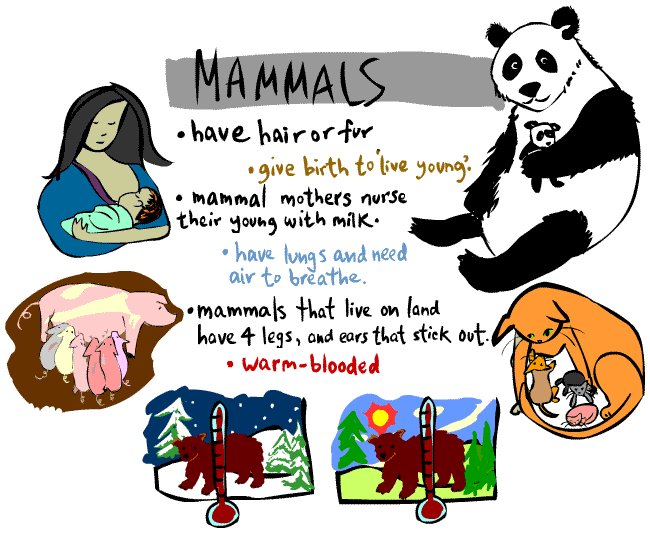
*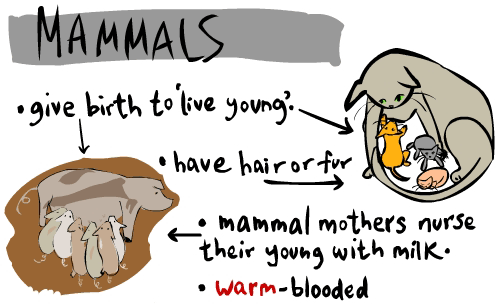
*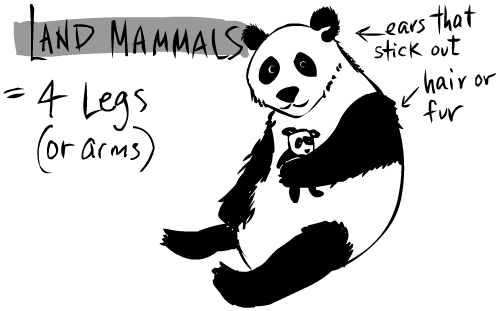
BIRDS.
Birds have two legs, two wings and a beak.
Birds have feathers.
Most birds can fly.
Birds are vertebrates.
Birds lay eggs.



Learn about animal classification. Watch the following 9 videos!
VERTEBRATES.
Mammals and birds are vertebrates. They have bones inside their bodies.

WHAT DO ANIMALS EAT?
Herbivores eat plants.
Carnivores eat meat.
Omnivores eat meat and plants.
*

*
+16.57.22.png)
MAMMALS.
Mammals have hair or fur and drink their mother´s milk.
Most mammals have four legs.
Mammals breathe with their lungs.
Mammals have bones inside their bodies. They are vertebrates.
*

*

*

BIRDS.
Birds have two legs, two wings and a beak.
Birds have feathers.
Most birds can fly.
Birds are vertebrates.
Birds lay eggs.



MUSIC
YEAR 2. MUSIC
Aquí van algunas de nuestras canción favoritas en Música.

If you're wearing colors.
If you're wearing red stand up and shake your head.
If you're wearing green stand up and bow to the queen.
Chorus: Stand up no matter what color's on you.
Now, sit down and clap till we sing what to do.
If you're wearing yellow stand up and shake like Jell-O.
If you're wearing black stand up and pat your back.
Chorus
If you're wearing blue stand up and touch your shoe.
If you're wearing brown stand up and spin around.
Chorus
If you're wearing gray stand up and holler hey!
If you're wearing white stand up and turn to the right.
Chorus
If you're wearing tan stand up and wave your hands.
If you're wearing purple stand up and turn in a circle.
Chorus
If you're wearing pink stand up and wink, wink, wink.
If you're wearing peach stand up and reach, reach, reach.
Body drumming

Herman the worm.

This little light of mine.

Aquí van algunas de nuestras canción favoritas en Música.

If you're wearing colors.
If you're wearing red stand up and shake your head.
If you're wearing green stand up and bow to the queen.
Chorus: Stand up no matter what color's on you.
Now, sit down and clap till we sing what to do.
If you're wearing yellow stand up and shake like Jell-O.
If you're wearing black stand up and pat your back.
Chorus
If you're wearing blue stand up and touch your shoe.
If you're wearing brown stand up and spin around.
Chorus
If you're wearing gray stand up and holler hey!
If you're wearing white stand up and turn to the right.
Chorus
If you're wearing tan stand up and wave your hands.
If you're wearing purple stand up and turn in a circle.
Chorus
If you're wearing pink stand up and wink, wink, wink.
If you're wearing peach stand up and reach, reach, reach.
Body drumming

Herman the worm.

This little light of mine.

domingo, 24 de noviembre de 2013
ANIMALS IN THE GRASSLANDS
YEAR 2. SCIENCE
ANIMALS IN THE GRASSLANDS
ANIMALS IN THE GRASSLANDS
Tell me about this picture. Where are they?
a) They are in the park.
b) They are in the forest.
c) They are in the grassland.
What is the eagle doing?
a) It is swimming.
b) It is flying.
c) It is walking.
What are the monkeys doing?
a) They are drinking water.
b) They are sitting on a tree branch.
c) They are eating grass.
What are the zebras doing?
a) They are eating grass and drinking water.
b) They are sleeping.
c) They are drinking grass and eating water.
What animals are swimming in the river?
a) Lions are swimming in the river.
b) Hippos are swimming in the river.
c) Flamingos are swimming in the river.
a) It is swimming.
b) It is flying.
c) It is walking.
What are the monkeys doing?
a) They are drinking water.
b) They are sitting on a tree branch.
c) They are eating grass.
What are the zebras doing?
a) They are eating grass and drinking water.
b) They are sleeping.
c) They are drinking grass and eating water.
What animals are swimming in the river?
a) Lions are swimming in the river.
b) Hippos are swimming in the river.
c) Flamingos are swimming in the river.
What animal has got a long beak, long legs and wings?
a) The eagle.
b) The flamingo.
c) The elephant.
What animal has got four legs, a long trunk and big ears?
a) The lion.
b) The chameleon.
c) The elephant.
a) The eagle.
b) The flamingo.
c) The elephant.
What animal has got four legs, a long trunk and big ears?
a) The lion.
b) The chameleon.
c) The elephant.
Choose the sentence that best describes the zebra:
a) It has got no legs and green skin.
b) It has got black and white fur and a tail.
c) It has got a long neck and brown and yellow fur.
a) It has got no legs and green skin.
b) It has got black and white fur and a tail.
c) It has got a long neck and brown and yellow fur.
--------------------------------------------
Answer keys:
c) They are in the grassland.
b) It is flying.
b) They are sitting on a tree branch.
a) They are eating grass and drinking water.
b) Hippos are swimming in the river.
b) The flamingo.
c) The elephant.
b) It has got black and white fur and a tail.
------------------------------------------------------------
* Now watch these videos:

Have fun!
MAKING PIZZA DOUGH
SCIENCE YEAR 2.
Estos días le hemos estado dando vueltas al tema del trigo y la harina, y al final nos ha salido una pizza. Cada uno ha elaborado su propia masa mezclando los ingredientes y amasando vigorosamente. Una experiencia "deliciosa".


Para continuar practicando es casa, aquí tenéis la receta:
PIZZA DOUGH RECIPE:
Estos días le hemos estado dando vueltas al tema del trigo y la harina, y al final nos ha salido una pizza. Cada uno ha elaborado su propia masa mezclando los ingredientes y amasando vigorosamente. Una experiencia "deliciosa".


Para continuar practicando es casa, aquí tenéis la receta:
PIZZA DOUGH RECIPE:
 |
| Stir |
 |
| Flour |
 |
| Stretch |
 |
| Sprinkle |
Ingredients (4-6 pizzas):
Pizza flour: 1 Kg
Warm water: 510 cl.
Salt: 3 teaspoon.
Oil: 12 tablespoons
Directions:
1. Wash your hands.
2. Mix ingredients in the bowl.
3. Knead until you get a
ball (2 min).
4. Sprinkle some flour on
the counter. Knead for 10 minutes until
gets smooth.
5. Sprinkle some flour into the bowl and keep it in covered with plastic wrap or a towel.
Let it rest for a minimum of 30 minutes.
Let it rest for a minimum of 30 minutes.
6. Sprinkle some flour and stretch the dough.
7. Preheat the oven to 250º and cook for 8-10 minutes.
jueves, 7 de noviembre de 2013
FOOD GROUPS
SCIENCE. YEAR 2.
We need food and water to stay alive.
I need food from different groups every day.

We need fruit and vegetables for health.
We need bread and cereals for energy.
We need meat and fish, milk and dairy for growth.

Choose the right answer:
1.Why do we need bread and cereals?
a) Because bread and cereals give us energy
b) Because bread and cereals help us grow.
2. Why do we need meat and fish?
a) Because meat and fish give us energy
b) Because meat and fish help us grow.
3. Why do we need milk and dairy?
a) Because milk and dairy give us energy
b) Because milk and dairy help us grow.
4. Why do we need fruit and vegetables?
a) Because fruit and vegetables give us energy
b) Because fruit and vegetables keep us healthy.
Answer keys.
1.
a) Because bread and cereals give us energy
2.
b) Because meat and fish help us grow.
3.
3.
b) Because milk and dairy help us grow.
4.
4.
b) Because fruit and vegetables keep us healthy.
Suscribirse a:
Entradas (Atom)
